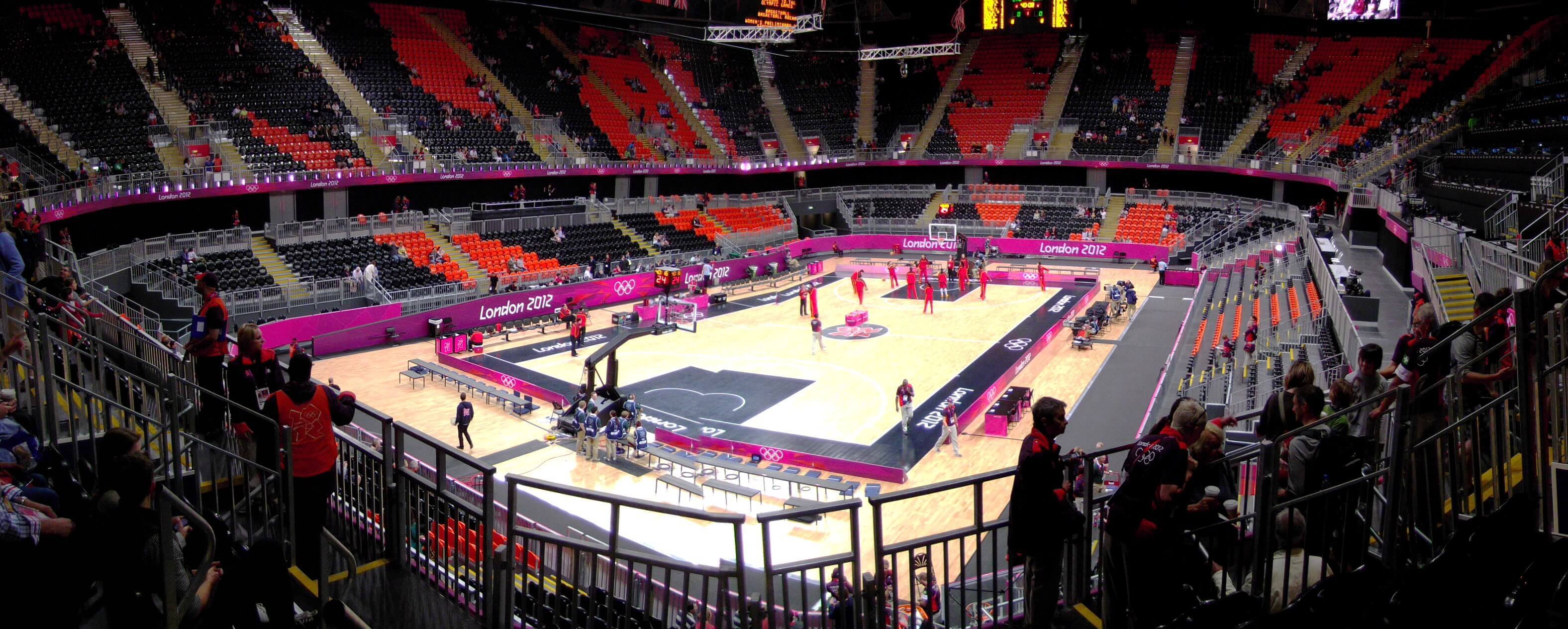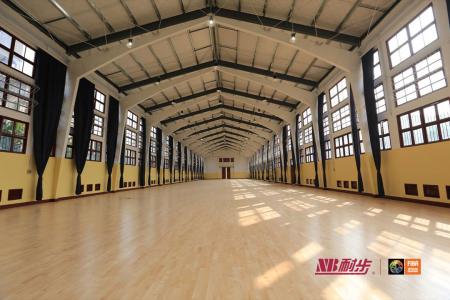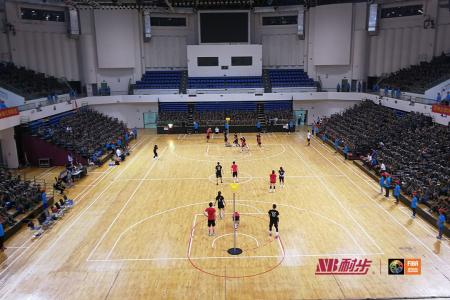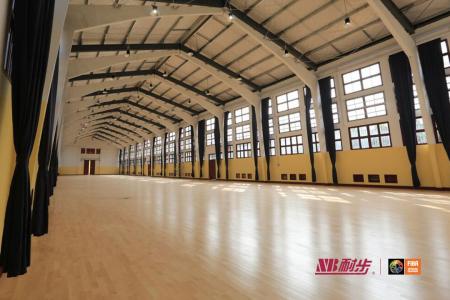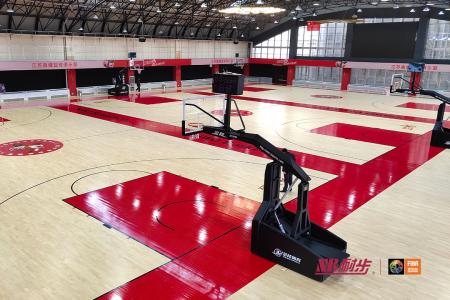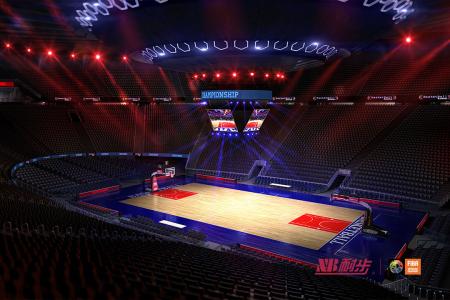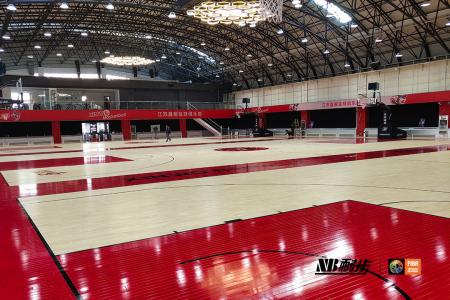How much does sports flooring cost per square meter? A thorough analysis of the price factors and selection guide for sports flooring

In modern fitness and sports Among them, sports flooring is not only a key factor in improving the sports experience, but also an important foundation for ensuring safety and performance. As people pay more attention to healthy lifestyles, the demand for sports flooring is increasing day by day, and there are various choices on the market. So, how much does sports flooring cost per square meter? In this article, we will delve into the types of sports flooring, factors affecting price, selection suggestions, and maintenance knowledge to help consumers make informed choices.
1. Types of sports floors
Sports floors can be mainly divided into the following types:
1. PVC flooring
PVC Flooring is currently the most widely used sports flooring material. It has excellent elasticity, wear resistance and anti-slip properties, and is suitable for gyms, dance studios, multi-functional sports venues and other places. Its price is approximately between 80 yuan and 200 yuan per square meter, depending on the brand, thickness and design.
2. Rubber flooring
Rubber flooring is popular for its excellent anti-slip properties and impact resistance. It is widely used in weight training areas and around treadmills. The price of rubber flooring usually ranges from 100 yuan to 300 yuan per square meter, and differences in thickness and materials will affect its price.
3. Wood flooring
Solid wood sports flooring is widely used in basketball courts, badminton courts and other venues because of its natural beauty and good elasticity. Its price range is usually 200 yuan to 800 yuan per square meter, mainly affected by the type of wood and processing technology.
4. PU flooring
PU flooring has become the first choice for professional sports venues due to its outstanding elasticity and wear resistance. It is suitable for use in track and field fields, basketball courts, etc. The price of PU flooring is higher, usually around 300 yuan to 500 yuan per square meter.
5. Composite flooring
Composite flooring combines the characteristics of a variety of materials. It is usually composed of layers of wood and technological materials. The price is relatively moderate, ranging from about 150 yuan to 150 yuan per square meter. Between 400 yuan.
2. Factors affecting the price of sports flooring
The price of sports flooring is affected by many factors, including:
1. Material selection
The cost difference of different materials is the main factor affecting the price of flooring. For example, solid wood flooring is naturally more expensive due to the high cost of material selection; while PVC and rubber flooring are relatively cheap.
2. Brand effect
Well-known brands usually charge higher prices because consumers have increased trust and recognition of the brand.. The brand's history, market reputation and after-sales service will all affect the final pricing.
3. Production process
The production process of sports flooring will also affect its price. High-tech, environmentally friendly production processes usually require higher costs, thereby increasing product selling prices.
4. Thickness and specifications
The thickness of the floor directly affects its durability and comfort. Products with thicker thickness usually have higher prices. In addition, customized products with special specifications will also increase costs.
5. Market supply and demand
In different seasons or market environments, changes in supply and demand relationships will also cause price fluctuations. For example, during peak periods of sporting events or gym construction, demand for flooring increases and prices may rise.
3. How to choose a suitable sports floor
When choosing a sports floor, consumers need to consider many aspects to ensure that the chosen floor meets actual needs:
< p>1. Place of useDifferent types of sports have different requirements for flooring. For example, a basketball court requires strong bounce and wear resistance, while a gym emphasizes slip resistance and impact resistance. Therefore, we must first clarify the use place and function of the floor.
2. Budget
Set a budget range based on your own economic conditions, which will help narrow down the choices. Try to find more cost-effective products within your budget.
3. Floor characteristics
Consider the anti-slip, wear-resistance and comfort of the floor. For professional sports venues, choosing high-performance floors is critical.
4. Environmental protection standards
The environmental protection performance of sports flooring has gradually received attention. Only by choosing products that meet environmental protection standards, such as non-toxic odor and low-emission materials, can the health of athletes be ensured.
5. Brand and after-sales service
Choosing a reputable brand not only means reliable quality, but also provides better after-sales service. Some brands provide comprehensive installation guidance and maintenance advice to help users use their floors for a long time.
4. Maintenance and maintenance of sports floors
After the sports floor is installed, reasonable maintenance and upkeep can extend the service life of the floor:
1. Regular cleaning
Sports floors will inevitably be stained during use, so they need to be cleaned regularly with gentle detergents and avoid using strong acid and alkali cleaning materials to avoid damaging the floor.
2. Prevent moisture
Floors made of different materials have different requirements for humidity. Rubber floors and wooden floors are particularly afraid of moisture. Maintain ventilation in humid weather and use a dehumidifier if necessary.
3. Avoid the impact of heavy objects
In daily use, try to avoid dropping heavy objects directly on the ground.This can cause irreversible damage to the floor.
4. Appropriate waxing
For wooden floors and some PVC floors, regular waxing can improve the gloss and improve anti-fouling capabilities.
5. Regular inspection
Check the floor regularly and repair any problems in time. For example, if you find that the floor is bowing or cracking, you should contact a professional in time to handle it.
5. Summary
The selection and price of sports flooring is a complex task that requires consumers to conduct comprehensive analysis and consideration based on their own needs, budget and usage location. From PVC, rubber to solid wood, each floor has its own unique characteristics and applicable scenarios. After understanding the price per square meter of sports flooring and the factors that affect it, I hope this guide can help you find the right sports flooring, enhance your sports experience, and extend the service life of your flooring.
In this era of increasing health awareness, a suitable sports floor may be your first step towards a healthy life. I hope that in the process of choosing sports flooring, you can treat it rationally, grasp the information, and find the option that best suits you.

